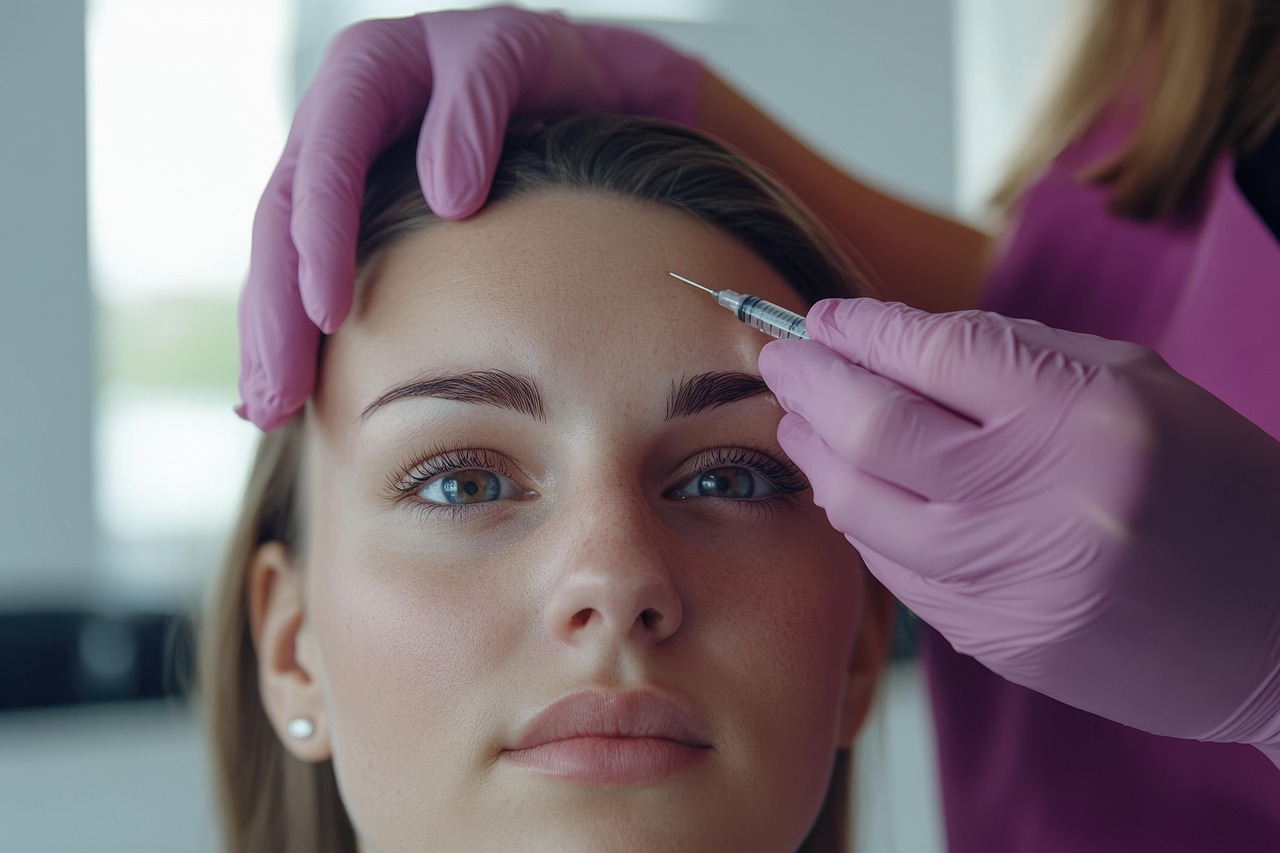Unmasking Facial Fillers: A Deep Dive into Non-Surgical Rejuvenation
The beauty landscape has changed dramatically over the past few decades, with the advent of non-surgical cosmetic procedures taking center stage. This rise of non-invasive methods is largely due to the demand for quick, effective treatments with minimal downtime. Facial fillers, in particular, have gained immense popularity. These treatments, often touted as 'lunchtime facelifts', offer a fast and minimally invasive route to a younger, refreshed appearance. But what are these facial fillers, and how do they work? Let's delve deeper into the world of non-surgical rejuvenation.

The Emergence of Facial Fillers
Facial fillers have a rich history, evolving significantly since their initial introduction. The first recorded use of injectable fillers dates back to the late 1800s, where it was used to correct facial asymmetry. However, these early techniques were fraught with complications, often leading to disfiguration and infection.
It wasn’t until the mid-20th century that safer alternatives began to emerge. Collagen, sourced from cows, was the first FDA-approved filler introduced in the 1980s. This was a game-changer, offering a more natural and safer alternative to previous methods. However, collagen fillers had a short lifespan, often dissolving within a few months. This led to the development and subsequent popularity of hyaluronic acid fillers, which are now the most commonly used type of facial filler.
The Science Behind Facial Fillers
Facial fillers work by adding volume to specific areas of the face, effectively ‘filling in’ wrinkles, lines, and hollow areas. This creates a smoother, more youthful appearance. The most commonly used facial fillers, hyaluronic acid fillers, work by attracting water to the injection site, thereby adding volume and hydration to the skin.
Hyaluronic acid is a naturally occurring substance in the skin, making it a safe and effective option for most people. However, like all cosmetic procedures, it’s important to consult with a qualified professional to discuss potential risks and side effects.
The Impact of Facial Fillers on Beauty Standards
The popularity of facial fillers has undoubtedly had a significant impact on beauty standards globally. The quest for a youthful appearance has been a consistent theme in beauty, and facial fillers have offered a new, accessible route to achieving this.
This trend has been further fueled by the ‘selfie culture’ propagated by social media platforms, where picture-perfect, flawless skin is now the norm. The demand for facial fillers has also been driven by the increasing acceptance and normalization of cosmetic procedures, with celebrities and influencers openly discussing their treatments.
Facial Fillers: A Word of Caution
Despite their popularity, it’s important to approach facial fillers with caution. Like all cosmetic procedures, there are potential risks and side effects, including infection, bruising, and in rare cases, tissue necrosis.
Furthermore, the desire for a ‘perfect’ appearance can lead to overuse of facial fillers, resulting in an unnatural, ‘overfilled’ look. This highlights the importance of seeking treatment from a qualified professional who understands the principles of facial aesthetics and can guide towards a natural, balanced result.
The Future of Facial Fillers
The facial filler market is expected to continue its growth, with new products and techniques continually being developed. One exciting area of research is the development of ‘biostimulatory’ fillers. These fillers not only add volume but also stimulate the body’s collagen production, leading to longer-lasting results.
Another trend is the move towards more personalized treatments, with fillers being customized to the individual’s skin type and aesthetic goals. This reflects a broader shift in beauty towards personalized, ‘bespoke’ treatments, driven by advances in technology and a deeper understanding of skin biology.
In conclusion, facial fillers represent an exciting, dynamic area of non-surgical rejuvenation. Offering a fast, minimally invasive route to a younger appearance, they have reshaped the beauty landscape and will likely continue to do so in the years to come. However, as with all cosmetic procedures, they should be approached with caution and carried out by qualified professionals to ensure the best possible results.





